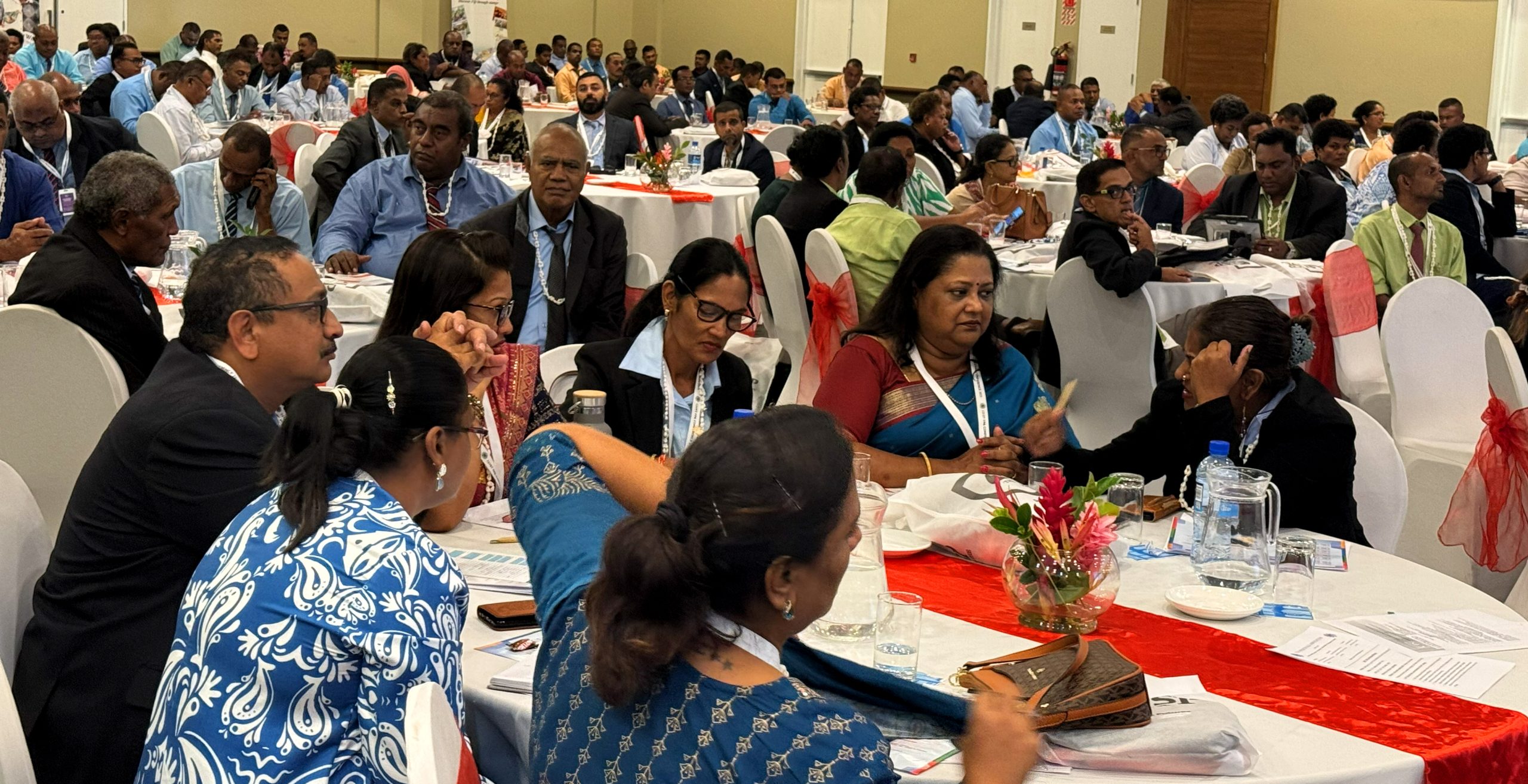Fiji Principals Association president Kamlesh Prasad has raised an issue that demands attention.
He said the increasing number of school-age children not attending school is a serious challenge for principals across the country.
There is a growing concern, he said, about students who are of school age but are not attending school. It is pretty serious!
He also made another important point at the Fiji Principals Association conference and AGM, about ongoing discussions on how best to support students who fail to meet requirements to advance to the next academic level.
The ministry, he said, was exploring alternative pathways to help struggling students.
That means exploring the establishment of technical and vocational training centres to cater for students who struggle in the mainstream academic system.
It means working with parents and guardians, encouraging them to support their children in pursuing technical and skills-based education.
Understandably, there will be questions raised.
Let’s face it. Education is relatively free. That means it is accessible, and available. Then there are considerations for transportation to and from schools, which, again, is accessible and available via bus cards.
Quite a fair bit of funds have been diverted to education over the years.
The emphasis on education was encouraging.
In fact, it was the way to go.
Understandably, again, there have also been concerns raised about processes and the education system.
Again, we look to the powers that be to consider how best our education system can be shaped.
There have also been concerns raised about how this is negatively impacting the growth of our young population right now.
We look up to those in authority to consider the many suggestions that are now out in the public domain about improvements to our education system.
We have spoken about students unable to read, for instance, at high school level. We have spoken already about quite a lot of things, from challenges faced by teachers, literacy, parental engagement, to student discipline.
Surely there is an urgent need for a collective effort to reshape our educational landscape, ensuring that the next generation is better equipped for success and that the risks facing young people today are addressed.
Now we turn to this absenteeism issue, and wonder what it is that’s causing it.
Surely we have all the factors that should actually be encouraging parents and guardians to send their children to school even if we are not happy with the system.
Perhaps we need a survey to try and understand why some children are not attending school. What is the role of the parent and guardian in this challenge? Maybe we should be looking at the social, economic and cultural reasons behind student absenteeism.
Should we be looking at alternative pathways, addressing weaknesses in the system, improving teacher training and perhaps strengthening community engagement?
We know what the flipside to a lack of education can be!
As we work on connecting the dots, we will have to reflect on major challenges staring at us in the face right now, from unemployment, to crime, and the big one — hard drugs. The bottom line, is parents and guardians should be encouraging their children to attend school. It makes sense!



